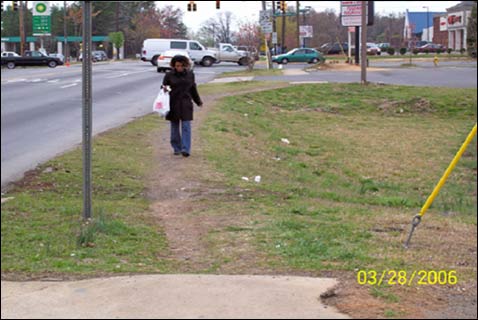New Jersey Future Blog
2007 Year in Review
December 28th, 2007 by New Jersey Future staff
- 53.3 percent of revenues for public schools are raised locally in New Jersey, compared to a national average of 43.9 percent. As a result, New Jersey has the nation’s highest median property-tax bill—$5,352, according to 2005 Census Bureau data. This in turn encourages municipalities to favor retail and office development while discouraging housing for families, because towns don’t want to have to raise property-tax rates in order to pay for new schoolchildren. (1/12/07)
- Regional Contribution Agreements (RCAs) allow New Jersey municipalities to “send” part of their affordable-housing obligations to “receiving” municipalities, usually in the form of direct payments. But the housing provided by these payments does not link up with available jobs. Between 1990 and 2003, the 53 receiving municipalities (mostly cities) collectively lost 3,600 private-sector jobs, while the 120 sending municipalities (almost all suburban communities) together gained 133,000 jobs. (1/31/07)
- The Housing and Community Development Network of New Jersey’s “Cities in Transition” report identified 30 New Jersey cities as showing multiple signs of fiscal and socioeconomic distress. Between 1990 and 1999, these largely built-out cities accounted for only 5.9 percent of residential building permits issued in the state. But between 2000 and 2005, these same cities experienced a rebound, contributing 14 percent of the state’s residential building permits, more than double their share from the 1990s. (2/20/07)
- A Brookings Institution report identified 80 “older industrial cities” that have fared significantly worse in economic terms than U.S. cities in general. Five of these cities are in New Jersey—Newark, Paterson, Trenton, Camden and Atlantic City. Between 1990 and 2000, these cities lost a larger percentage of jobs, posted higher average unemployment rates and reported higher average poverty rates than the other “older industrial cities” across the nation. (5/16/07)
- Transportation accounts for 72 percent of New Jersey’s petroleum consumption and about 36 percent of its greenhouse-gas emissions. And population density relates directly to transportation use. In Hudson County, where the density is about 13,000 people per square mile, 34.2 percent of commuters use public transportation to get to work; in Hunterdon County, with a density of about 300 people per square mile, only 1.8 percent do so. Per-capita daily vehicle miles traveled (VMT) is four times higher in Hunterdon County than in Hudson County—38.3 daily miles per capita vs. 9.4. (6/17/07)
- New Jersey has lost its No. 1 status in the ranking of median household income. The Garden State was the wealthiest in the nation as of the 2000 Census, but Maryland has now surpassed it (and leaped past Connecticut, formerly No. 2, in the process). Maryland’s median household income jumped by 3.9 percent (in real, inflation-adjusted dollars) between 1999 and 2006, while New Jersey’s declined by 1.4 percent. (9/18/07)
- At 10.5 cents per gallon, New Jersey has the third-lowest gasoline tax in the nation. On average, New Jersey also has some of the lowest retail gasoline prices in the nation. Meanwhile, the state’s transportation infrastructure is suffering. New Jersey’s overall infrastructure received a C-minus grade from the NJ Section of the American Society of Civil Engineers. Roads and bridges both received D grades. (10/3/07)
- New Jersey is currently home to more than 800 active and closed landfills covering more than 10,500 acres—an area equal to eight months’ worth of new land development for the entire state. If New Jersey’s solid-waste generation, recycling and waste-export rates were to stay at 2003 levels, storing our trash would require nearly 6,000 additional acres of landfills by 2050. (10/16/07)
- More than 10,000 former industrial sites, known as brownfields, have been identified in New Jersey. Since 2002, nearly 2,000 acres of former industrial land have been redeveloped under the Department of Environmental Protection’s Brownfields Development Area program. Research has shown that for every $1 of public money invested in brownfields, $2.48 in private investment is leveraged on the same site. (12/6/07)
For information about this issue of Future Facts, contact Rick Sinding, senior communications consultant.
















